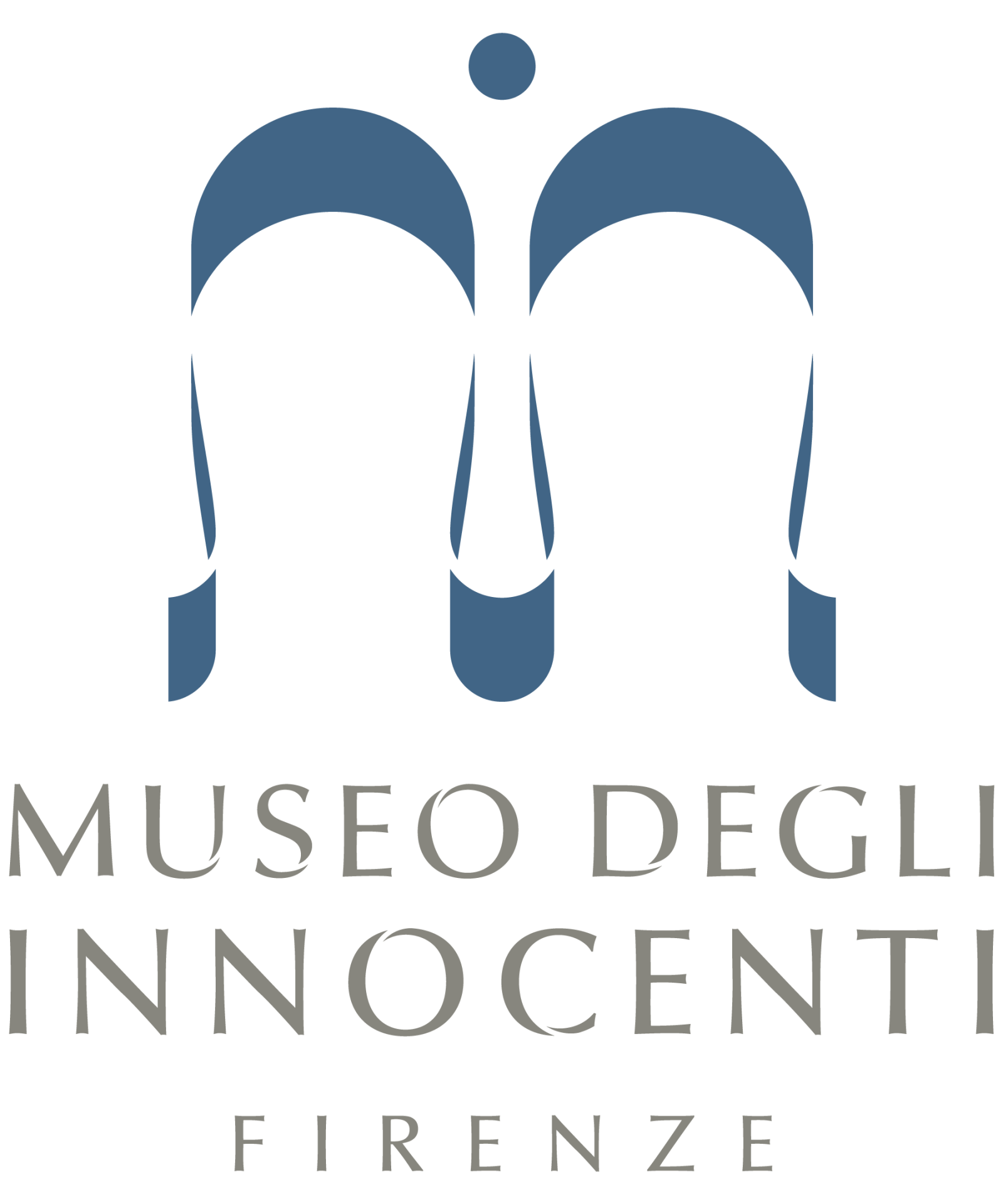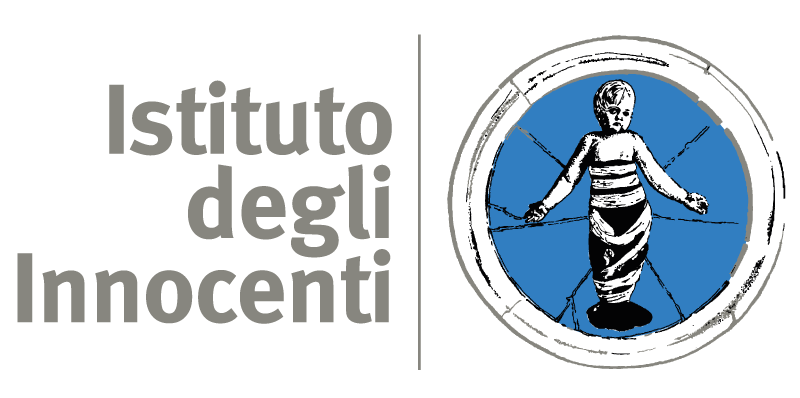History
Introduction
The Museo degli Innocenti chronicles the activities carried out by theIstituto degli Innocenti throughout its long history thanks to a profound relationship between works of art, architecture, memory and documentation. The combination of these elements has resulted in a truly significant and wholly original cultural heritage.
The Institute was founded in 1419 under the patronage of the Silk Guild to care for abandoned children, thanks to a bequest in the will of Prato merchant Francesco Datini and other Florentine merchants. Construction of the building was entrusted to Filippo Brunelleschi. Like every other hospitality facility of the period, it took the name Ospedale (or Spedale). Its activities began on February 5, 1445, with the arrival of the first child, who was given the name Agata e Smeralda.
the Institute still continues its original mission of welcoming children and mothers in difficulty, along with new activities in the area of early childhood services and parenting support, in the field of research, documentation and training, always with a view to the concrete affirmation of the rights of children and adolescents. Inside is the Alfredo Carlo Moro Innocenti Library and the Bottega dei ragazzi educational section of the Museum-which offers schools and families creative and educational workshops for children and young people of all ages on topics related to art, culture and active citizenship, in line with the values and activities carried out by theIstituto degli Innocenti.
The museum itinerary has been enriched with a new space (soon to be opened) - the Galleria degli affreschi - thanks to the Ministry of Culture's PNRR project for the removal of physical and cognitive barriers in museums and public cultural venues. Located along Brunelleschi's quadrilateral, it displays a collection of detached frescoes received on deposit by the Soprintendenza alla Gallerie Fiorentine in 1971, following the Florence Flood of 1966.
Along the museum itinerary it is also possible to have an overlook of the Historical Archives, which preserves the memory of the ancient Hospital and those who lived there.
On the top floor, in the historic loggia, is the Caffè del Verone Museum's refreshment area-open to all. From its beautiful terrace you can admire the city and the surrounding panorama. Visiting this place, which evokes the Florentine Renaissance and its new conception of man, means immersing oneself in a unique reality, capable of arousing emotion and interest in each visitor, according to one's own experience of the visit.
History of the Institute
In 1419, the Corporazione dell'Arte della Seta di Por Santa Maria was commissioned to build the Hospital of Santa Maria degli Innocenti thanks to a donation of 1,000 florins from the Prato merchant Francesco Datini earmarked for the shelter of abandoned children. The design of the building was entrusted to Filippo Brunelleschi, at that time also engaged in the construction of the dome of Florence Cathedral. The Ospedale degli Innocenti thus became "the place of beauty" designated to take in abandoned children.
The hospital was inaugurated on February 5, 1445, with the arrival of the first newborn, who was given the name Agata e Smeralda, in honor of the saint of the day. The facility offered shelter to girls and babies left anonymously in the stack under the outside loggia, later replaced with a iron window, still visible today near the entrance to the Institute.
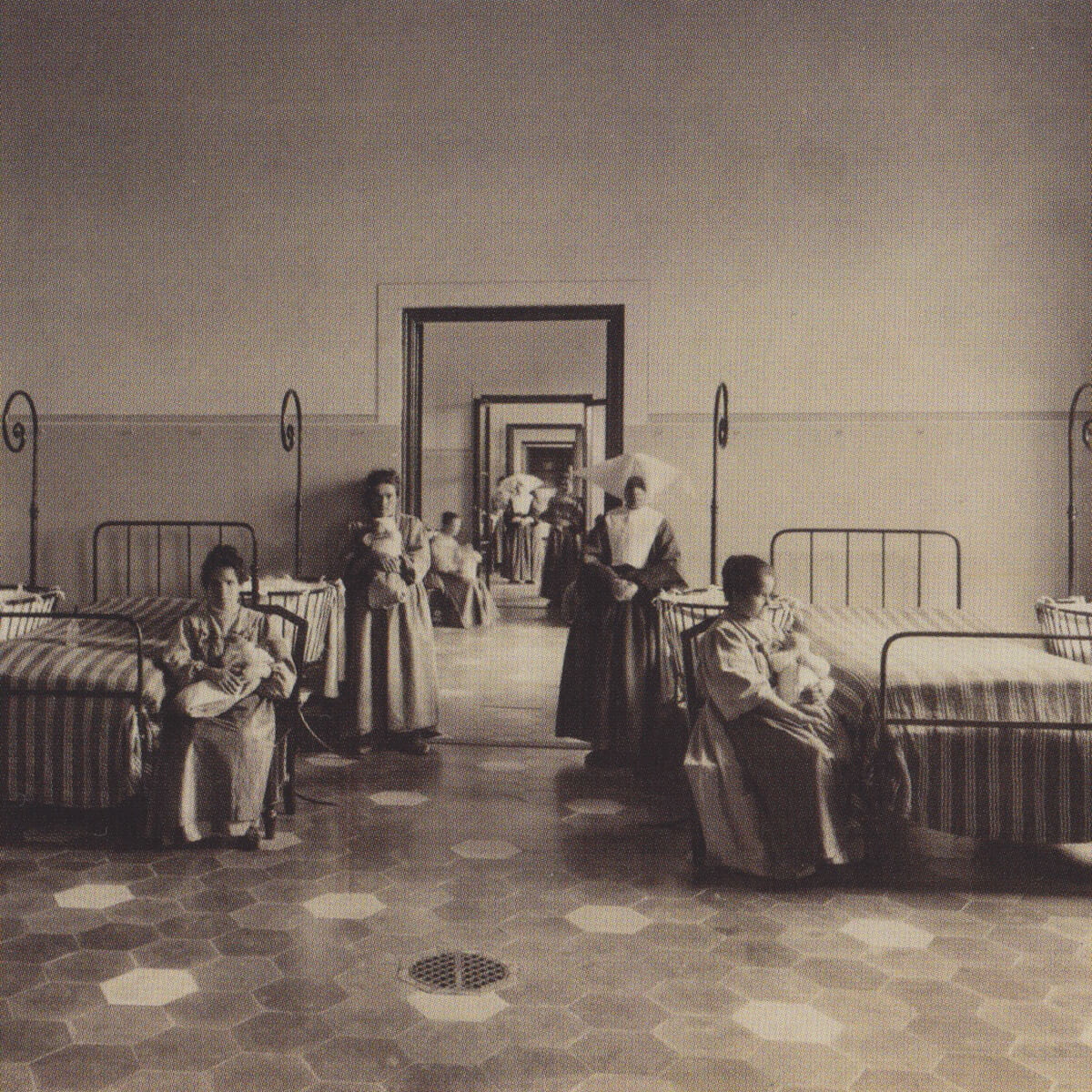
Children upon arrival were placed in the care of an in-house wet nurse service: poor women, often single girls or mothers of children taken in by the institution itself. As time went on, the external nannies, to whom the little ones were sent, became much more numerous. They lived preferably in the countryside, because it was believed that the climate and wholesome food favored the production of good milk, useful for the growth of the exposed ones.
Those who survived the high infant mortality rate of the time would then return to the Institute: the boys to attend school and learn a trade, the girls to learn weaving or to do domestic work with the wealthy families of Florence, earning the dowry that would allow them to marry or more rarely to enter the convent.
From 1552 to 1580 an innovative educational project was introduced by Prior Vincenzo Borghini that included the study of music, painting, and the abacus. Girls, on the other hand, could learn to read, write, sew, and weave. In the 17th century, a space equipped with looms was created for girls to work within the hospital.
Between 1600 and 1700 the Hospital began to take in unmarried mothers among the in-house nurses, that is, those responsible for providing the initial care for newborns, thus initiating a welfare practice for women as well. In later years these began to receive a subsidy, help to build a life for themselves outside the Hospital as well.
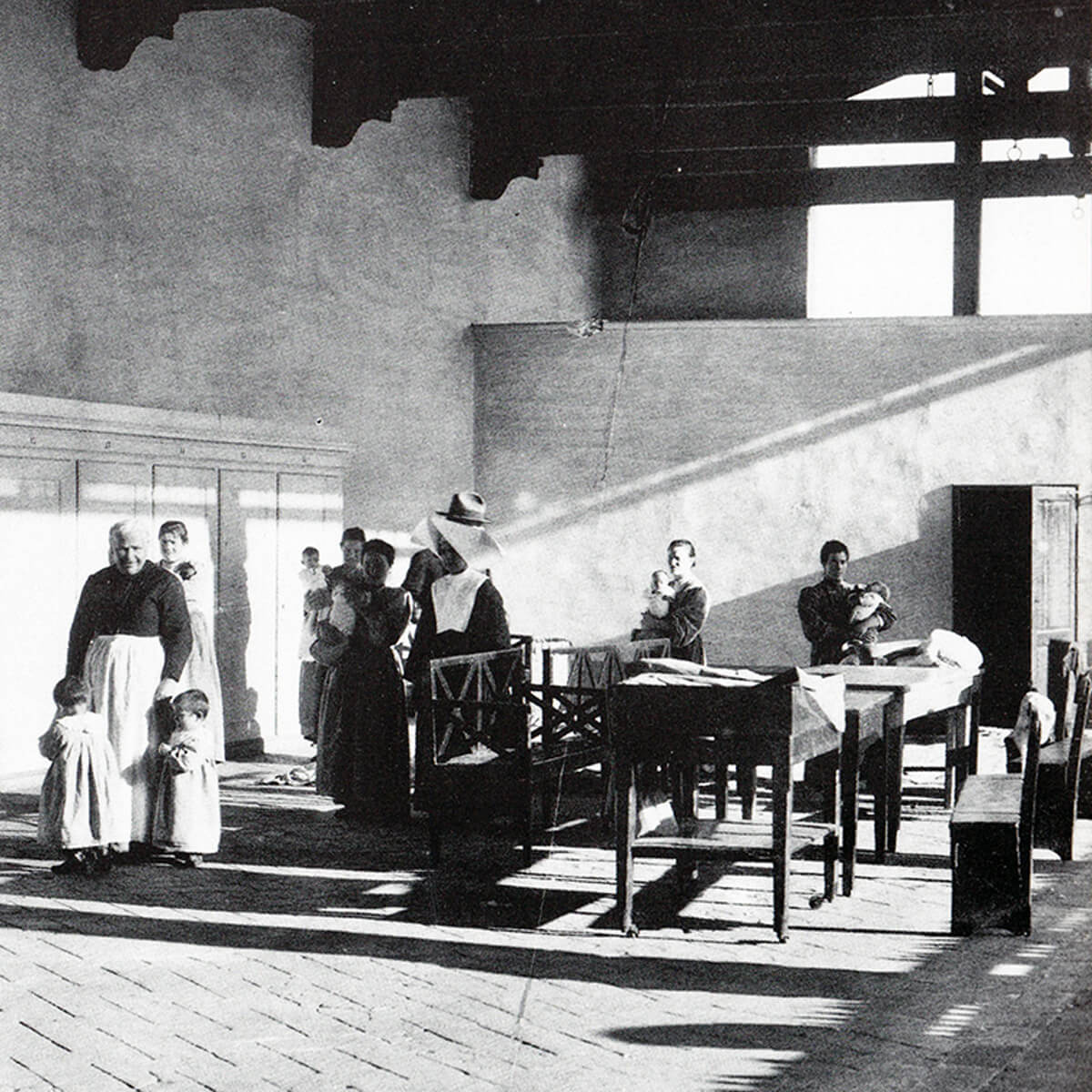
Beginning in the 1700s, attention also focused on safeguarding children's health, developing specific areas of scientific investigation, promoted by distinguished physicians who were studying new methods of rearing and treating childhood diseases. It was during this era that the first experiments in artificial feeding, smallpox prevention, and the development of obstetric and pediatric science began. Since its establishment, the Hospital enjoyed privileges, donations, inheritances, and its assets were joined by those of other entities. It was managed by the Council of Workmen, appointed by the Silk Arts. With the abolition of the Arts in 1770, the patronage of the Silk Art Guild ceased. The Corporation was placed under the control of the Grand Ducal government until the Unification of Italy, with the exception of the period of French rule (1799-1814) when it was managed in unity with other hospitals.
In 1862 it became a pious work, led since 1888 by a Board of Trustees. On June 30, 1875, the anonymous entrance system was abolished with the closing of the iron window and the Delivery Office was established. In 1890 under the Crispi Law, the Hospital became a public charitable institution and in 1923 a Public Institute for Assistance and Charity (IPAB). Since 1940 it has been called an institute, and since 2004 it has become a personal services company (ASP).
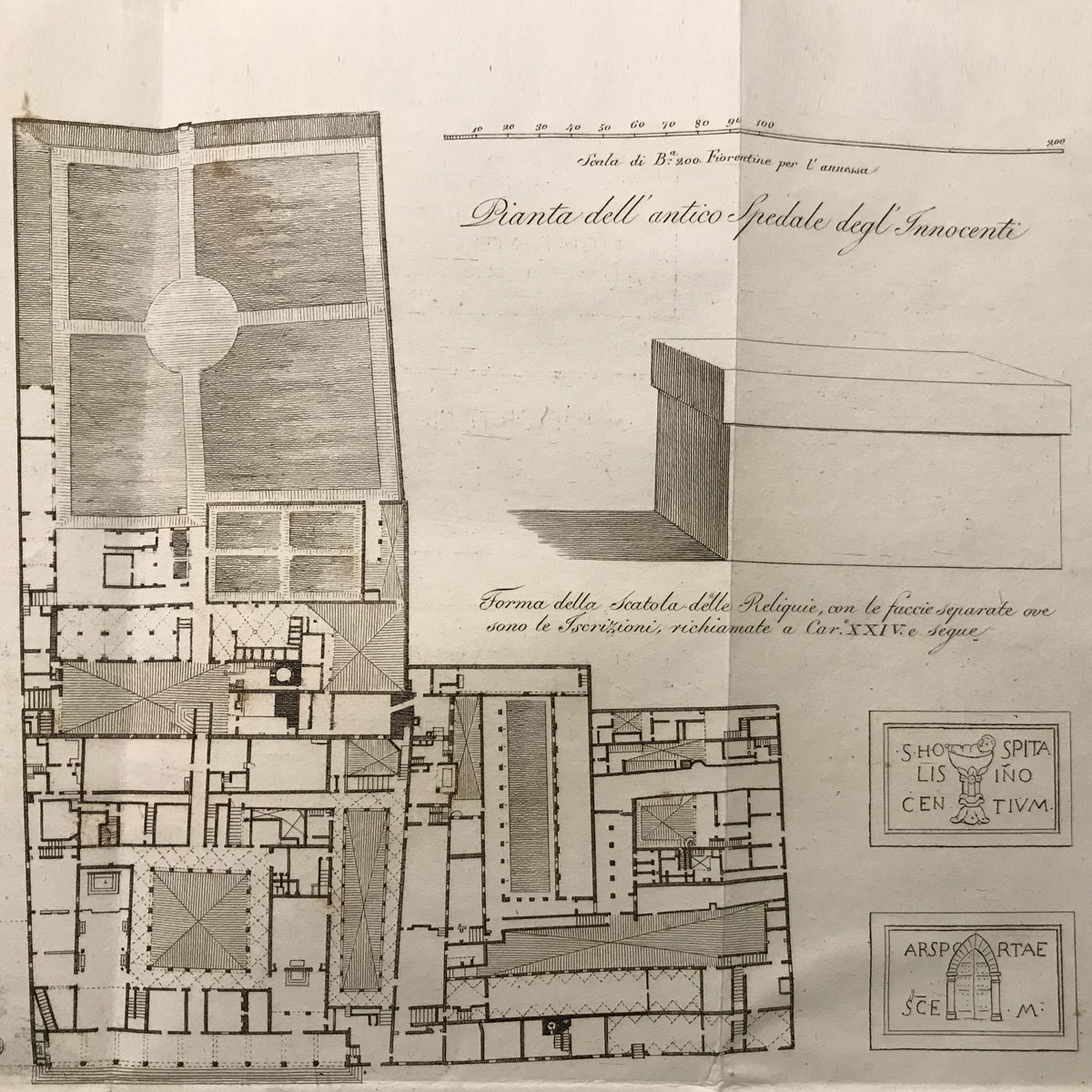
Today the Institute is mainly concerned with:
- Welcoming, education and parenting support, implementing and managing welcoming services aimed at children and families in need, educational services for children and parents.
- Study, research, and training on the condition of children and adolescents in support of national, regional, and local policies and for the promotion of the culture of childhood and adolescence: carrying out research, monitoring, and documentation activities on issues concerning childhood, adolescence, and families, and providing training and continuing education for those who work with children, adolescents, and families. It manages the documentation and monitoring activities of the National Documentation and Analysis Center for Childhood and Adolescence, and the Regional Documentation Center for Childhood and Adolescence.
- Heritage protection: enhancing its historical, artistic, monumental and archival heritage through activities to protect and promote the history of the Institute and the culture of childhood.
Museum History
Over the centuries, the old Hospital had collected numerous works of art through direct commissions, major donations and the amalgamation of other welfare institutions. In 1853, the institution was forced to sell some of the less important works in order to provide for economic rehabilitation. A conservation plan was decided on for the remaining works, which led to the opening of the Museum to the public in 1890.
1890: The First Arrangement
It was built in three rooms on the ground floor, where 77 works deemed most significant were displayed. In the following years, the Museum was expanded by housing prestigious works such as Domenico Ghirlandaio's Adoration of the Magi, which was originally on the high altar of the Church of S. Maria degli Innocenti, and other materials such as the Photographic Album made by the Brogi Works to present the Hospital at the 1900 Paris World's Fair.
Guidebooks published in 1920 and 1926 document this gradual expansion of the Museum and its transformation from a picture gallery into a historical museum with the aim of presenting the institution as a whole.
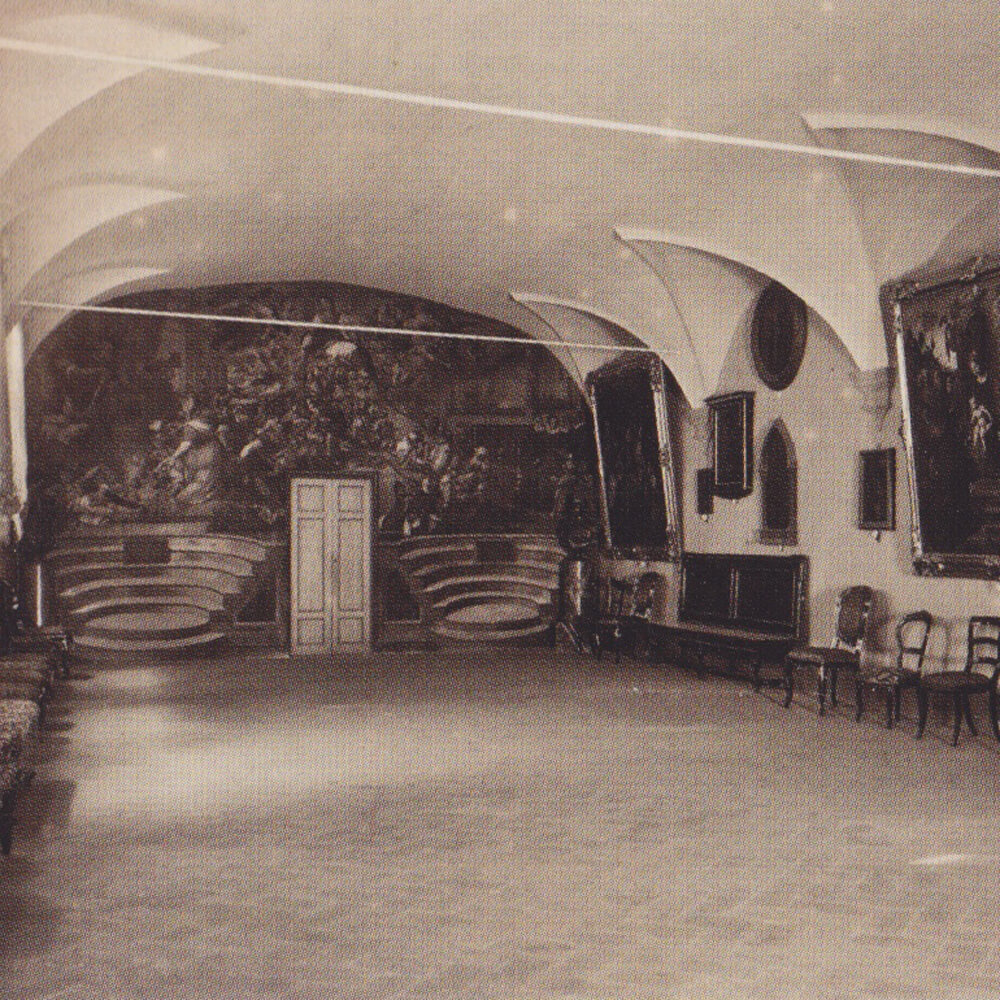
1971: The Second Arrangement
In 1966, the Flood that hit Florence grazed the ground floor rooms of the Hospital. After the restoration of the entire monumental complex, the collection was moved to the gallery above the entrance portico (the present Pinacoteca) in order to secure the works. This new arrangement highlighted the artifacts of great artistic value, but relegated the relationship between the works and the history of the institution to the background. On this occasion, the windowed gallery, located in the quadrangle facing the Cortile degli uomini, identified as the Galleria degli affreschi (also known as the Lower Gallery), was also restored. In this were placed the detached sinopites and frescoes from the Cenacolo di San Salvatore a Ognissanti and entrusted on deposit to the Institute by the Soprintendenza alla Gallerie fiorentine. The museum was inaugurated on June 27, 1971.

2016: The Third Arrangement
In 2016, the new Museo degli Innocenti was inaugurated, designed to tell the story of the Institute's history, its collected works and its architectural structure in a more organic way. As a result, the Museum offers three visiting Itinerary that combine with each other - History Itinerary, Art itinerary and Architecture itinerary - offering visitors an original cultural experience in the contemporary museum scene.
